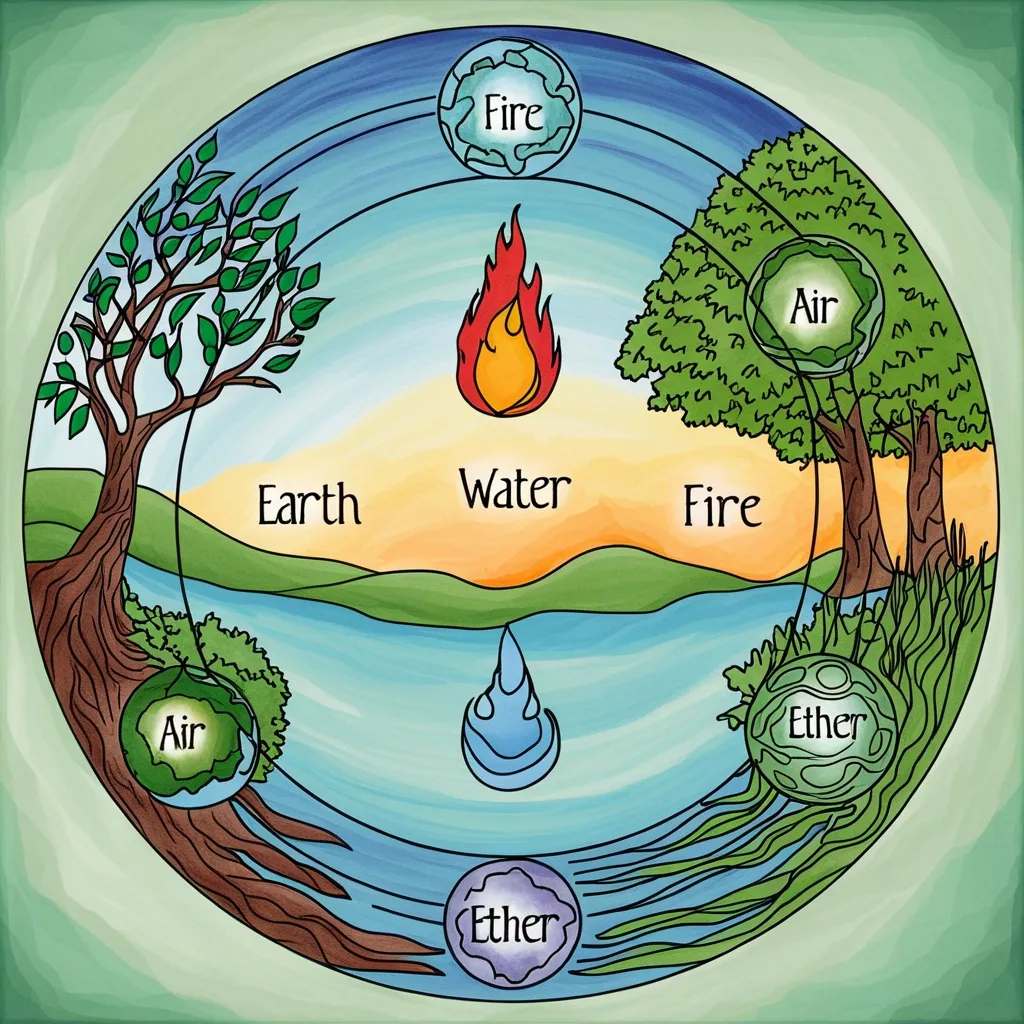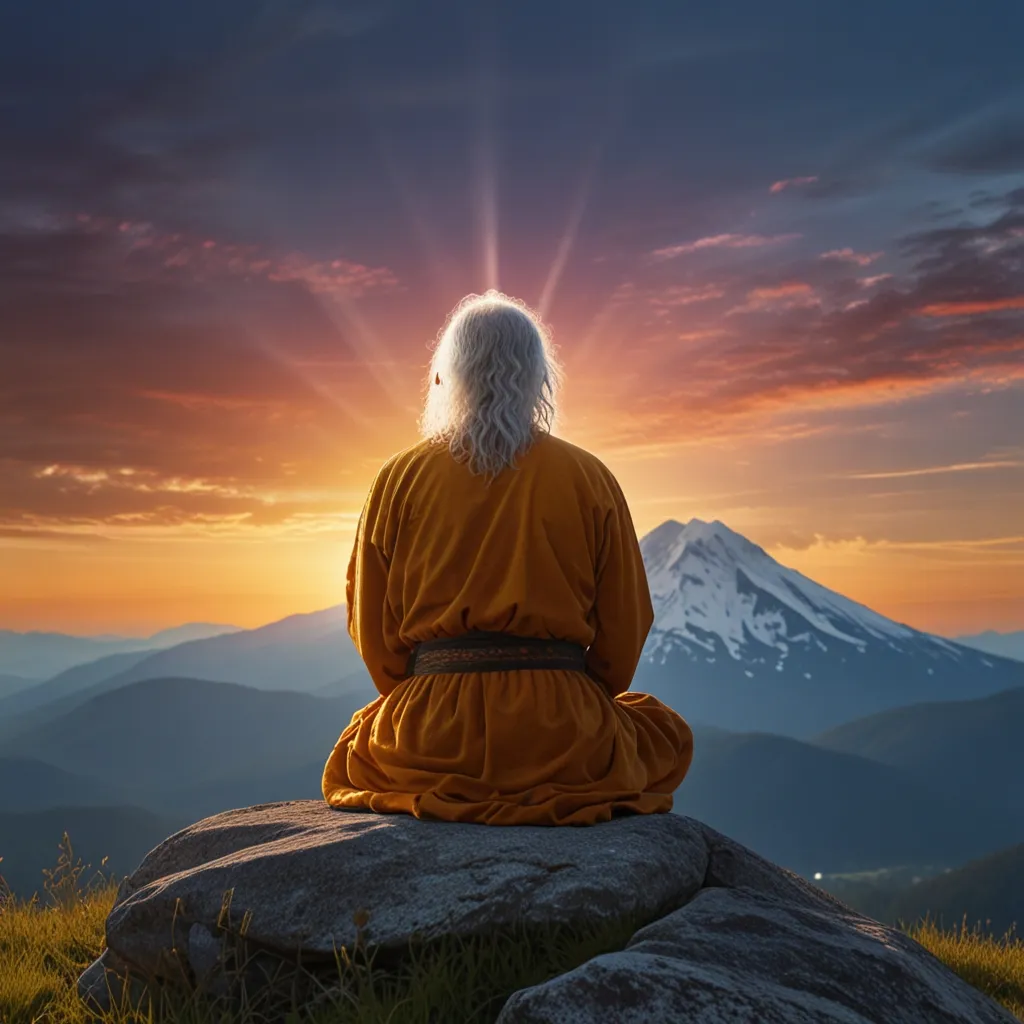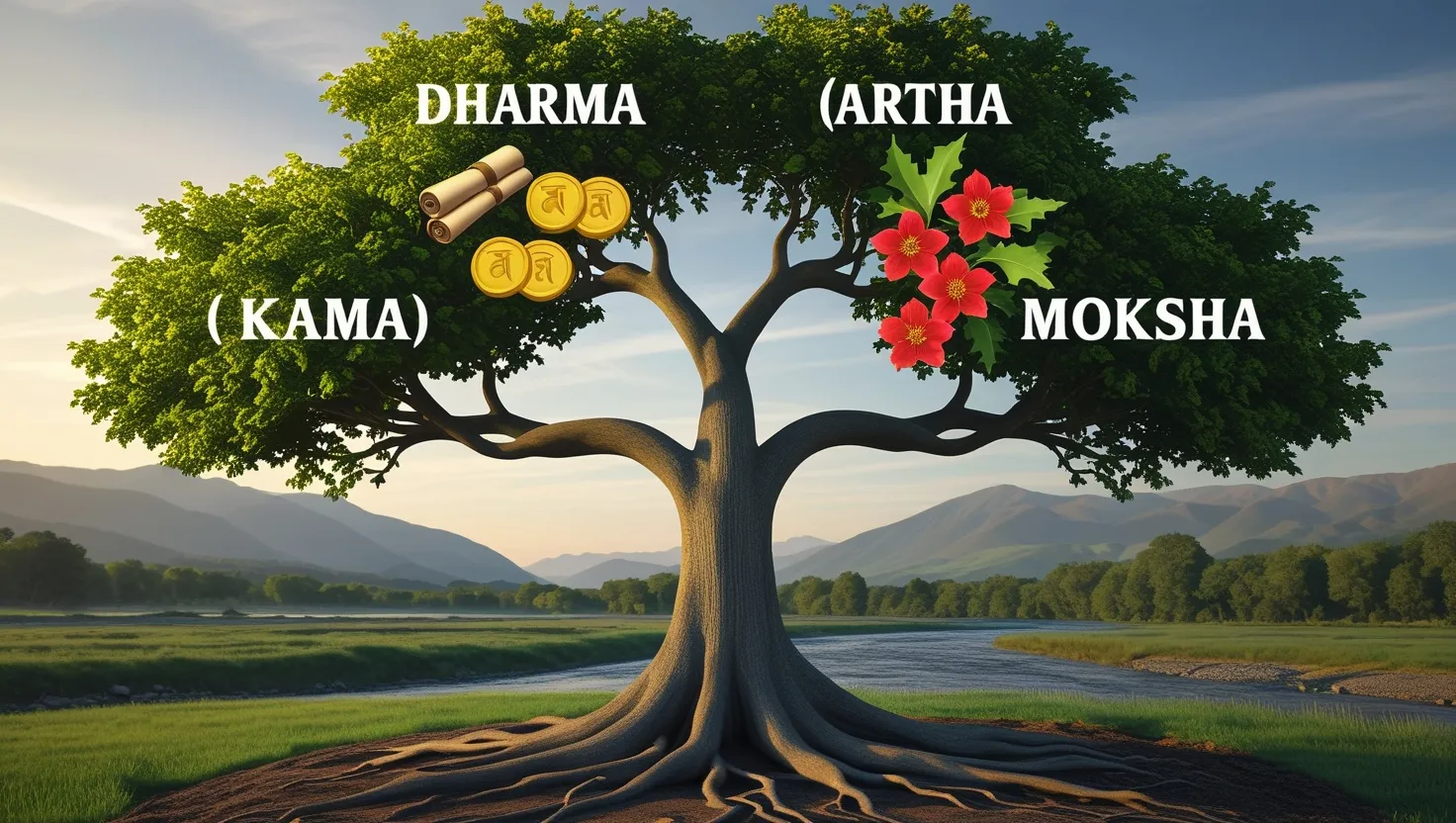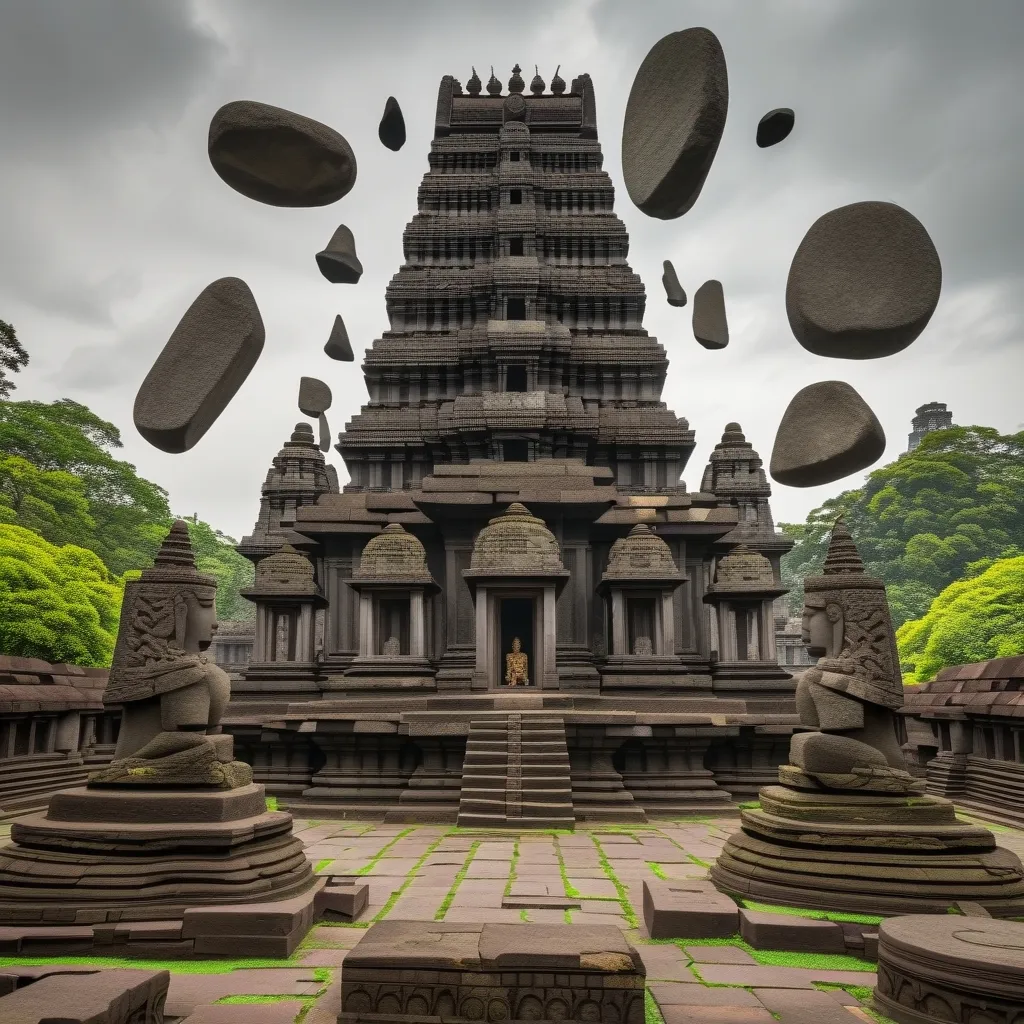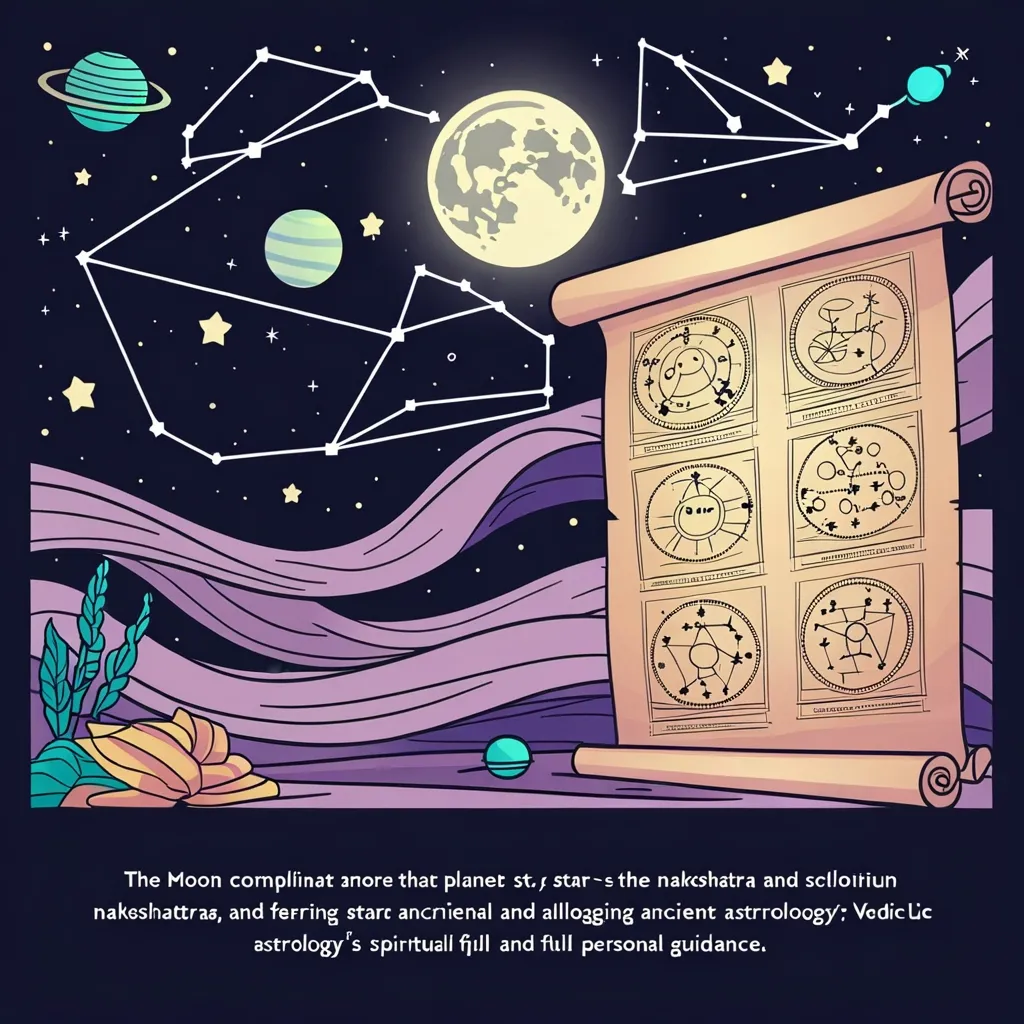In the realm of ancient Hindu wisdom, the Panch Mahabhutas—or the five great elements—are foundational to understanding both the universe and our own place within it. Earth, water, fire, air, and ether aren’t merely physical building blocks; they carry profound spiritual and ecological meanings. As our modern world grapples with ecological issues, the lessons of these elements provide a guiding light for maintaining harmony with nature.
The concept of these elements is universal, threading through every living and non-living thing. Consider Earth (Prithvi); it stands for solidity and stability, forming the bedrock of all physical structures. Water (Jal) is the essence of fluidity and nourishment, vital for sustaining life. Fire (Agni) represents heat and transformation, powering the metabolic processes. Air (Vayu) is all about movement and breath, which are crucial for sustaining life. And then there’s Ether (Akasha), the subtlest of all, the vast emptiness that serves as the medium for sound to travel.
These elements aren’t just about defining the physical world; they also highlight how interconnected everything is. Each element has both a material and spiritual quality, and our senses are attuned to the elements they are made of. For example, our sense of hearing is tied to ether, while touch is associated with air. This means ecological balance isn’t just important; it’s essential. The health of one element affects the others; there’s a constant interplay.
Ayurveda, the ancient Indian system of medicine, hinges heavily on these elements for maintaining health. The elements mix and match to form three primary forces, or doshas: Vata, Pitta, and Kapha. Vata combines air and ether, Pitta unites fire and water, and Kapha blends earth and water. When these doshas are in balance, health flourishes; an imbalance spells trouble, leading to diseases. A surplus of fire, for example, might result in acidity or skin issues, problems that can be balanced out by introducing more of the water element into one’s life.
On a deeper level, the Panch Mahabhutas also have powerful spiritual implications. In the Vedic and Vedantic traditions, the elements are seen as tangible expressions of the ultimate reality, Brahman. The world’s creation is described as these elements evolving from Brahman, underscoring their divine roots. This perspective fosters a profound respect for nature, which is crucial for achieving ecological harmony.
Embracing the Panch Mahabhutas doesn’t have to be purely theoretical. Various daily practices help balance these elements in our lives. Reconnecting with the earth might mean gardening, walking barefoot on natural surfaces, or engaging in hatha yoga. Balancing the water element could involve spending time by natural water bodies, taking walks in the rain, or practicing yoga routines that focus on flow and movement. Fire can be balanced through activities like candle gazing or hot yoga, while air and ether find harmony through meditation and pranayama.
The ancient wisdom woven into the Panch Mahabhutas offers insights that can be applied to modern ecological challenges. Recognizing everything is made up of these same elements fosters an appreciation for the interconnectedness of all living things and nature. This understanding encourages sustainable practices and a deeper respect for our environment. Remembering water’s importance, for instance, and how even its structure can be influenced by human intention, makes one mindful of how essential it is to treat natural resources respectfully.
Applying these principles in modern life can seamlessly lead to more sustainable living. Understanding the earth’s stability prompts sustainable land use and conservation practices. Water’s adaptability inspires readiness to embrace environmental changes with flexibility. Fire’s transformative power motivates inventive solutions to ecological hurdles, while air’s mobility calls for efficient resource usage and minimizing waste. Ether’s subtlety enables a deeper connection to nature, especially through mindfulness and meditation.
Overall, the Panch Mahabhutas are a profound reminder of our intrinsic connection with the natural world. By understanding and respecting these elements, it’s possible to foster a balanced ecological harmony. This ancient wisdom, carefully integrated into contemporary life, provides not just a holistic approach but also a framework for sustainability and environmental stewardship. As the challenges of modernity unfold, the Panch Mahabhutas light the way toward a future that is more balanced, respectful, and in tune with the natural rhythms of the earth.
